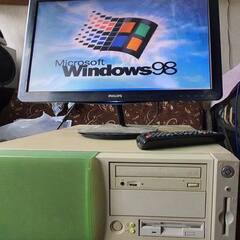-
Featured Topics
-
Topics
-
0
-
Shadeamous ·
Posted in Graphics Cards6 -
1
-
ElChales ·
Posted in Peripherals3 -
1
-
frozensun ·
Posted in CPUs, Motherboards, and Memory6 -
shawon shahriar ·
Posted in Graphics Cards2 -
INotPablo ·
Posted in Peripherals4 -
lollipopjumper ·
Posted in Servers, NAS, and Home Lab2 -
0
-









.thumb.jpeg.9babd505c85c11addf31a285a02547cc.jpeg)







Create an account or sign in to comment
You need to be a member in order to leave a comment
Create an account
Sign up for a new account in our community. It's easy!
Register a new accountSign in
Already have an account? Sign in here.
Sign In Now